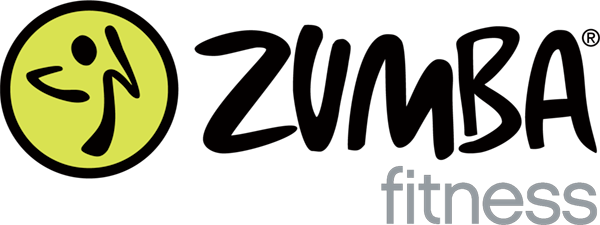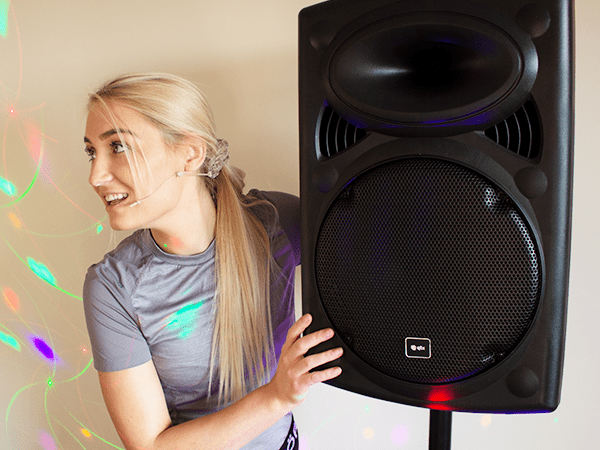

What is Zumba?
This popular fitness program was first created back in the late 1990’s by a Columbian dancer and choreographer known as Alberto Beto Perez. Inspired by Latin dance and Latin music, Zumba takes advantage of many different dance styles, including Salsa, Rumba, Flamenco and even Hip Hop, with fast and slow rhythms helping to tone and sculpt the body.
What do I need to look out for when buying a sound system for Zumba?
Cost, size and weight are usually the first three factors considered when deciding on a fit for purpose sound system. However, we would strongly advise you to consider some other key factors in your decision making and that’s sound quality and overall performance of any potential sound system purchase.
With Zumba being considered to be a high energy workout, this will mean that your sound system will need to deliver not just plenty of volume, but also plenty of energy, which usually means you may require lots of Bass.
Smaller speakers tend to sound okay when you are close to them, but their energy levels drop off quite quickly, so if you are working with larger groups in larger venues, such as sports halls and gymnasiums etc, your class participants towards the back of the class won’t experience the bass and energy as those who are at the front, with their sound experience being tinny (Don’t forget the sound of others moving and breathing will also impact the class sound and experience negatively) and thin sounding, which is not what’s required to get you energised in an active Zumba class.
Larger loudspeakers tend to be able to generate more energy and bass, which will fill a room more easily without impacting sound quality, as they throw the sound further, reaching the people at the back with as much energy if not more than the people at the front. Although larger in size, they will offer greater sound versatility, as they will still sound great at lower volumes for the less intensive activities such as yoga or Pilates, so a great choice if you are teaching different styles of fitness.
What is the best Sound Speakers System for Zumba?
We are here to help you decide on the right sound system for your Zumba experience, as more than likely you will be looking for that big sound as well as lots of energy to get the whole class up and moving as well as energised. The 12” and 15” inch speaker systems are a recommended choice for this type of application. 15” versions will sound bigger and better, whereas the 12” systems, which compromise a little on sound, as they won’t have as much energy and bass, benefit from being physically smaller and lighter, making them much easier to handle and move around.
As for our recommendations, take time to consider the QTX QX12PA-Plus and the QX15PA-Plus, or for a little more money with better sound quality, the Alto TS312 and TS315 Active Speakers. The Electro Voice ZLX12-BT is a fantastic sounding speaker, budget permitting that is! All will sound amazing for their relative price points, thankfully without you having to re-mortgage the house in the process.

How to Avoid Losing Class Members due to ‘cheap’ Demotivating Sound Quality?
Your sound system will have a major role to play in engaging and motivating all of your class. Having a better-quality sound experience with plenty of energy will make your workouts much more fun and rewarding, with your class working harder without them actually realising it. Hopefully taking time and selecting the system that’s right for you will help to grow your reputation as well as making you stand out from the competition, offering a better chance of gaining new members as well as retaining all that you have at present.
Let’s get you the right sound system for your Zumba fitness classes
Worry not!… If you are confused or baffled by all the technical stuff, that’s what we’re here for with over 40 years of experience when it comes to fitness audio. Please feel free to get in touch, as we will be more than happy to assist you in selecting the products that are right for You and answer all your questions.
 Free delivery on all UK orders.
Free delivery on all UK orders. Buy now and pay later with Klarna.
Buy now and pay later with Klarna.